It is important to choose early ripe varieties of vegetable crops for summer planting, otherwise the root crops will not ripen before frost. Ripening periods should not exceed 60-70 days to pick the fruits in September-October before the first cold weather. You can plant cabbage, turnips, radishes, legumes, lettuce, dill, parsley.
Cabbage and salads
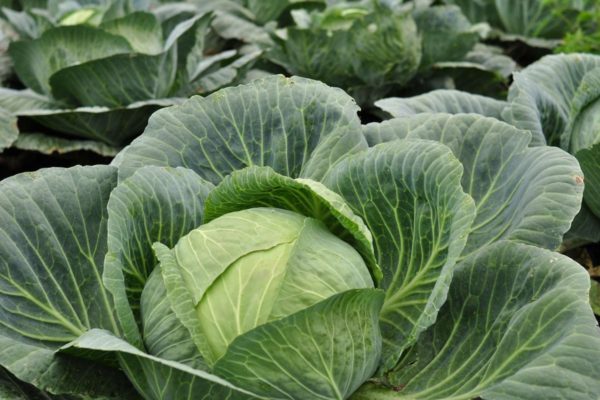
Cabbage is planted in place after onions, and where radishes grew, cabbage seedlings are not recommended to be planted. For planting, early varieties of white cabbage, kohlrabi, broccoli are selected, the ripening time is approximately 50-60 days. In July, Chinese and Beijing vegetables are also planted. Cabbage is a frost-resistant crop; it will withstand the early frosts in October. She does not like open sunny areas. The optimal planting time in open soil is July 15-20.
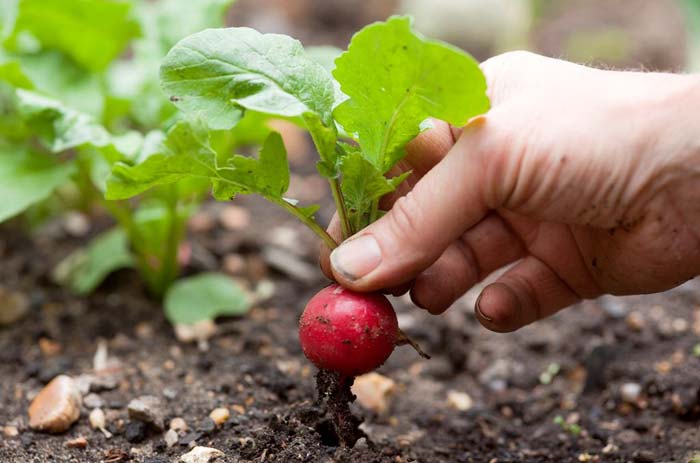 You may be interested in:
You may be interested in:Salads can be grown all season, early varieties ripen in 40 days, so that the seeds are sown 2-4 times. In the fall, cold-resistant types of salads are chosen for planting. Suitable for July sowing watercress - greens with an original taste. Seeds germinate after 7-10 days. Suitable varieties of lettuce for planting in mid-summer: Patrician, Skomorokh, Odessa Kucheryavets.
Greenery
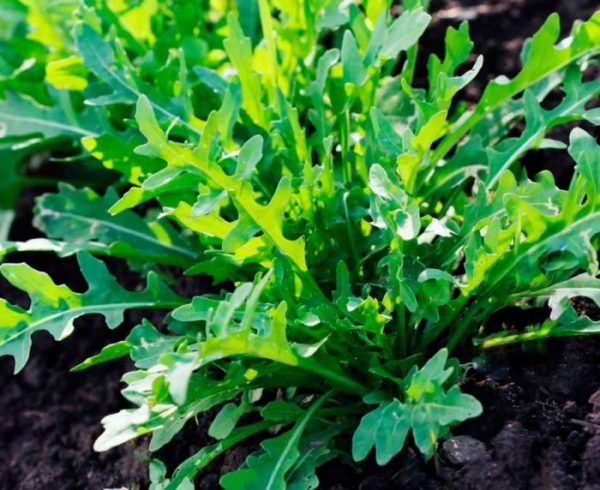
Arugula emerges 5 days after sowing. In July or August, the cruciferous flea is not as active as in spring, therefore, the presentation of the foliage is preserved. The first greens are cut 3 weeks after sowing.
It is better to soak the spinach seeds before sowing for 2 days. After 3 weeks, the first leaves are already harvested. Spinach loves moist soil.
Unpretentious grass - dill, to always get green leaves, sow dill every 2 weeks all season. Before sowing, the seeds are soaked in warm water for a day. If you add a bucket of compost before planting in the garden on a square of land, then the greens will be dense.
Parsley seeds before sowing are soaked in wet gauze for a day. Leafy species mature faster, but root varieties of parsley can also be planted in July. Greens sprout 10-15 days. Do not forget to moisten the main land in time, otherwise you can’t wait for the harvest.
On the beds after the onion, you can sow siderates: vetch, white mustard, fatseliya. In 2 months they manage to grow green mass, and during the winter they will become a good fertilizer for plants.
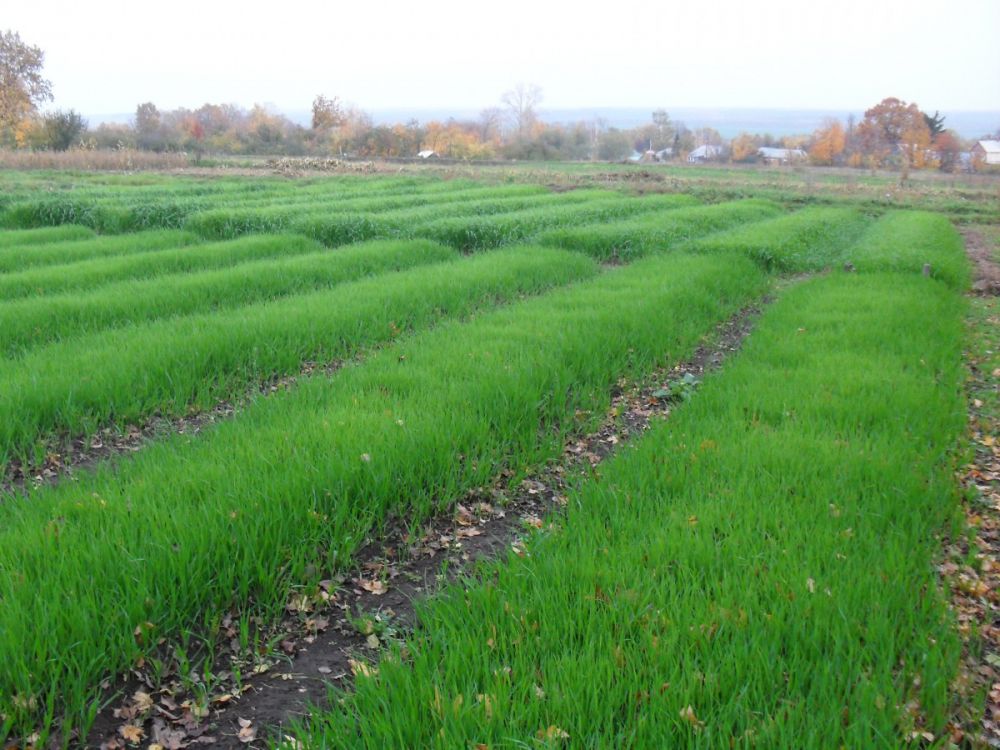 You may be interested in:
You may be interested in:Roots
Not only is delicious radish eaten in spring, it is also grown in summer to harvest a vegetable in August or September. For sowing, choose a shaded place. In August, the days are shorter, so this is an ideal condition for the growth of radishes. Need a slightly acidic soil, moderate watering. Radish loves potassium, but deteriorates from fresh organics. A variety of daikon radish, after the summer harvest is well kept all winter.In July, Margelan radish is planted on the site of the collected cucumbers. Radish ripens to frost. You can plant salad turnips - kaba and leafy species - komatsun. In the first species, edible root crops and foliage, in the second - only leaves are eaten.Early ripening varieties ripen in 50-60 days. Sufficient soil moisture, timely loosening, nutrient medium will help to grow a rich crop of vegetables.
Beets are re-planted in July, the crop is harvested in mid-autumn until the first frost. Root crops are stored for a long time in the basement until next summer. A table species is sown three times a season: in April - for summer consumption, in June - grown on large root crops, and July fruits are suitable for storage for the winter.
Carrots have tight germination, but summer sowing is better than spring. It is necessary to break through thick plantings with an interval of 7-8 cm between vegetables. Autumn fruits are sweet, they are stored for a long time.
Legumes
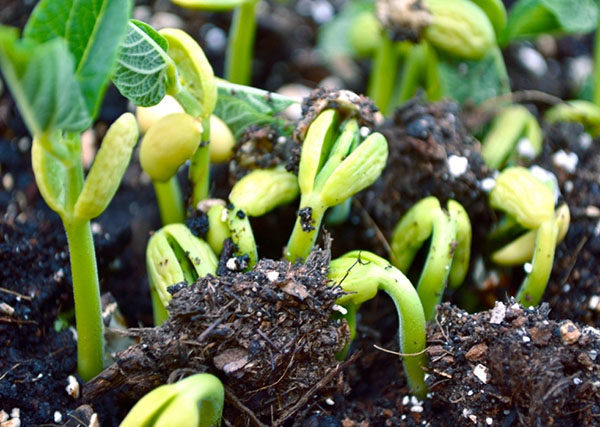
In July, beans, peas or asparagus beans are planted on empty beds and along the fence. Legumes are wonderful siderates. Before planting, planting material is kept for two days in a damp cloth for punching. Dry beans may not sprout, rot, especially in very wet soil.
Furrows are made at a distance of 50 cm and legumes are planted, it is better to form double rows with an interval of 5-7 cm. The earth is mulched from above, the peas cannot tolerate the heat. In August, ash is introduced - per 1 square of 50 g of ash.
They release new drugs that help restore the microflora of the soil, increase the fertility of the earth - these are Azotovit and Phosphatovit. These funds contribute to the good absorption of nitrogen and phosphorus, even in salt marshes. If the vacant beds are not planted with new plants, they are treated with Fitosporin. Especially if there were foci of fungal diseases.
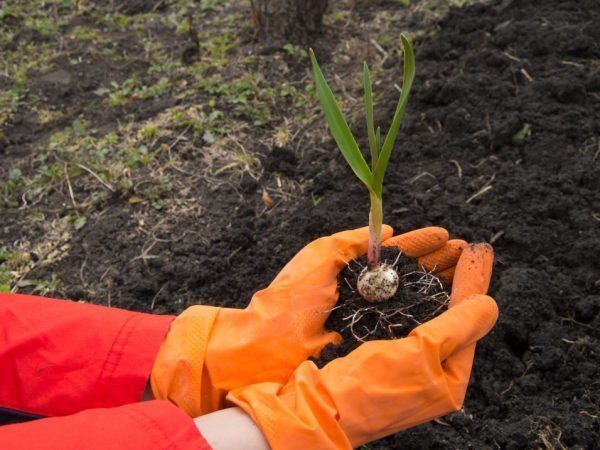 You may be interested in:
You may be interested in:In autumn, do not forget to collect all the tops, fallen fruits, weed grass to avoid infection of the site with pests and diseases. Wintered insects can harm the spring planting, because they multiply quickly and are very gluttonous. All dry waste is taken outside the garden and scorched.

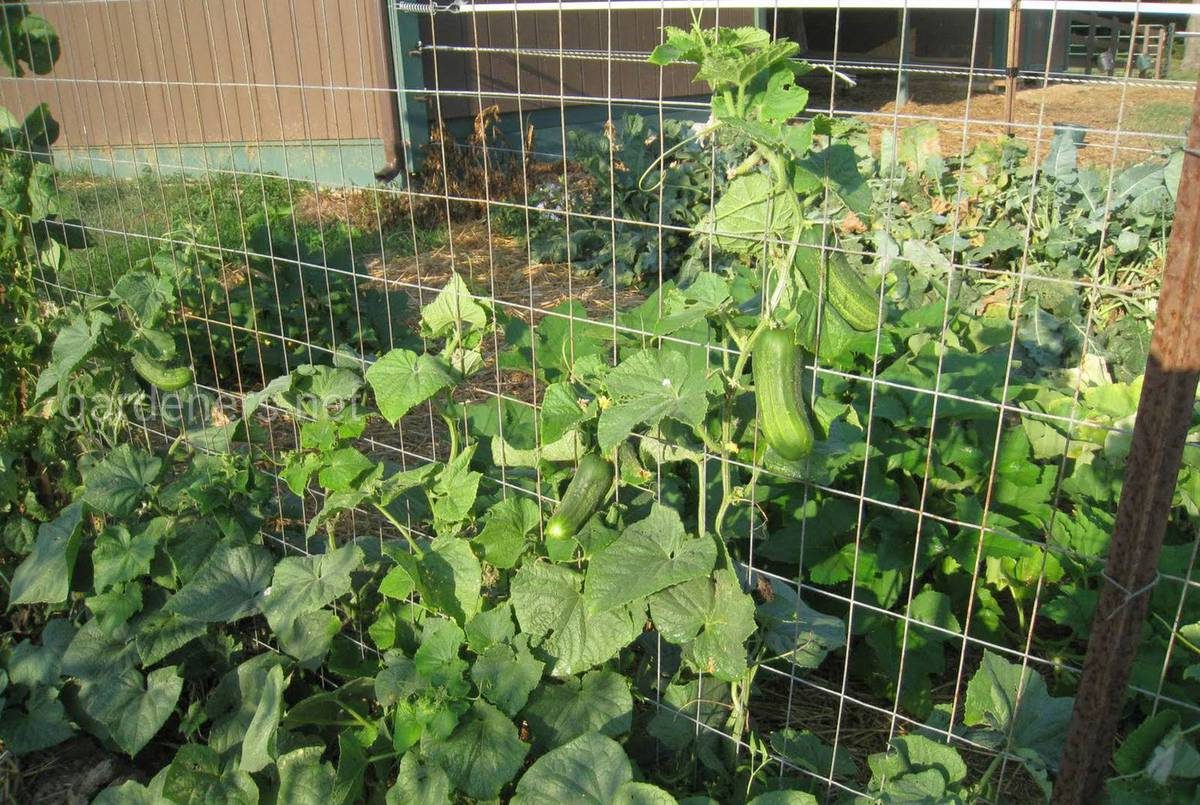
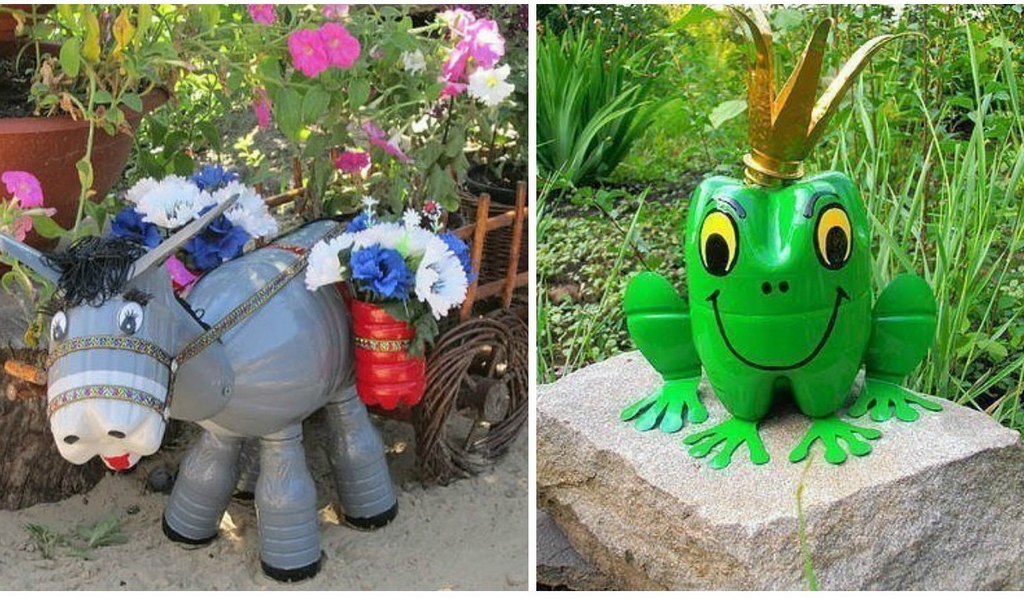
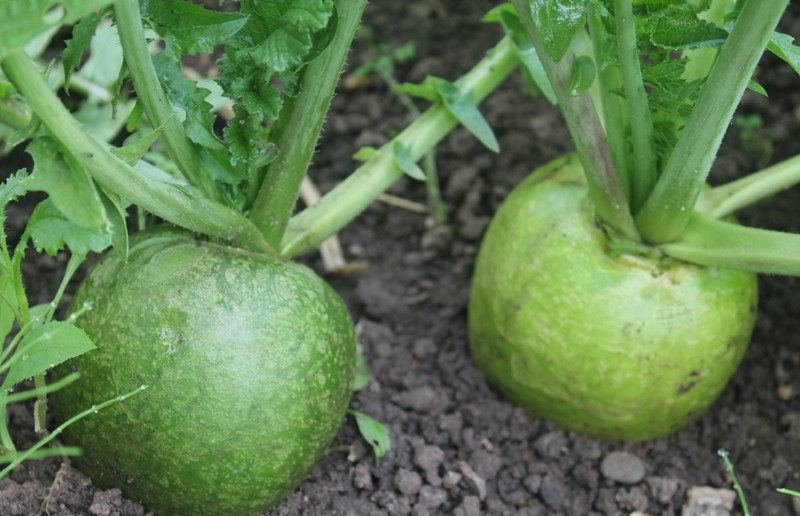
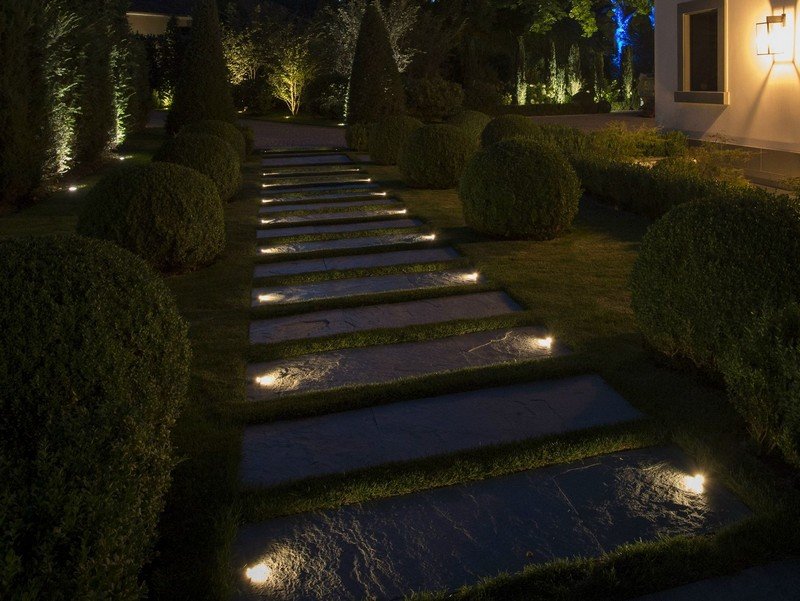 How to decorate and highlight garden paths in an original way?
How to decorate and highlight garden paths in an original way?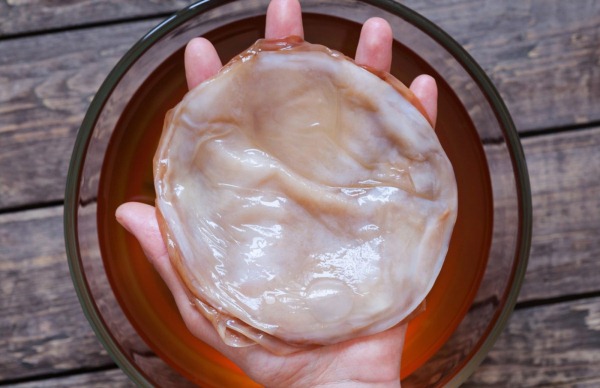 How to grow Kombucha "from scratch"?
How to grow Kombucha "from scratch"?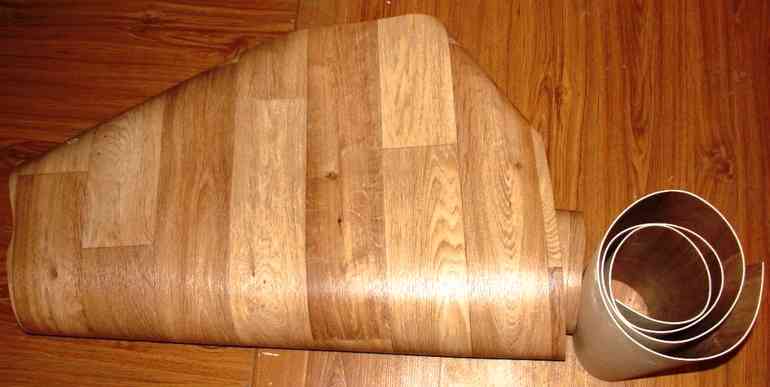 8 practical ideas for using linoleum in the garden
8 practical ideas for using linoleum in the garden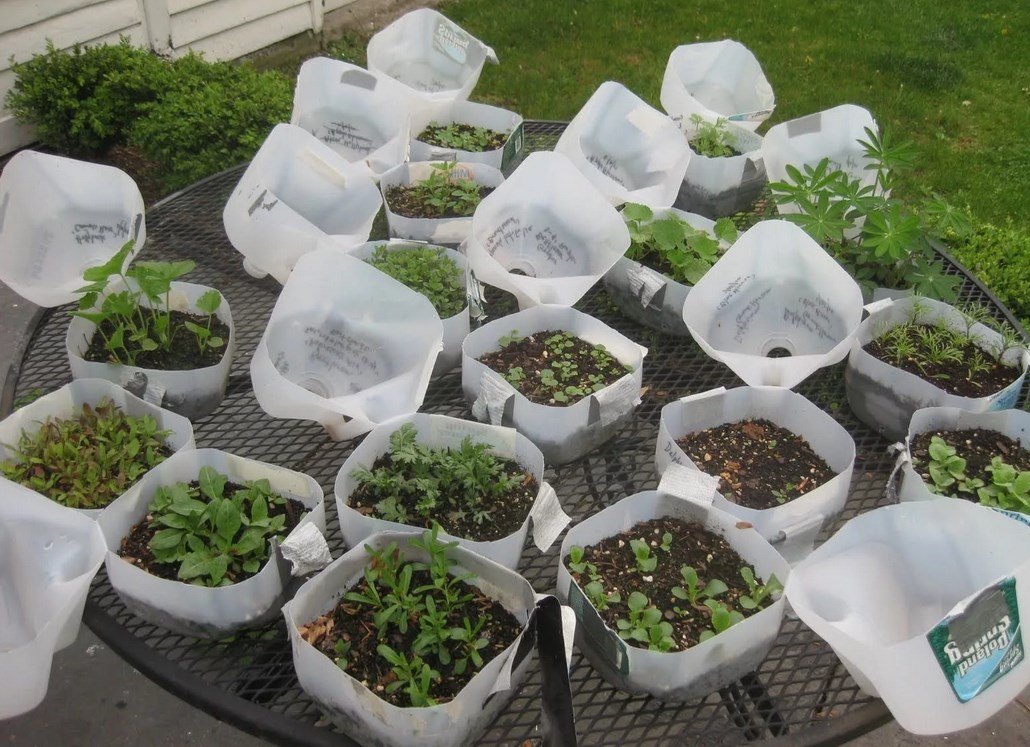 Useful crafts from do-it-yourself canisters for the garden
Useful crafts from do-it-yourself canisters for the garden